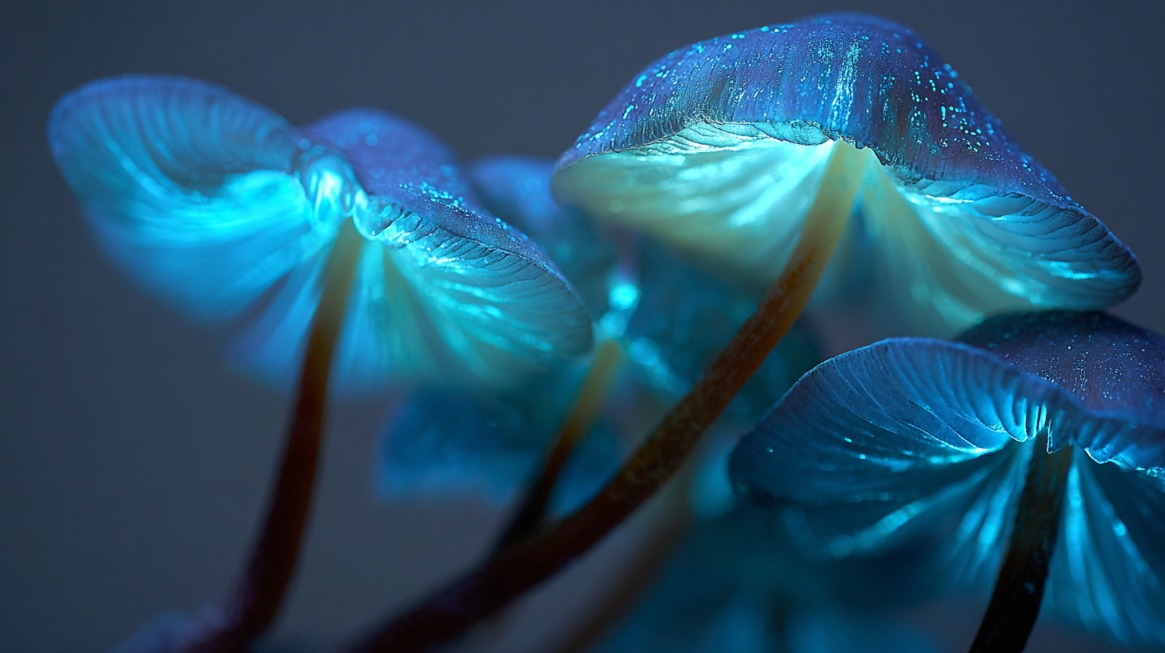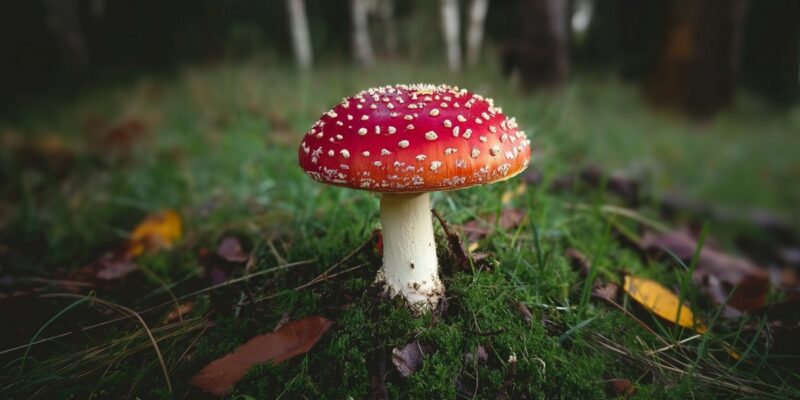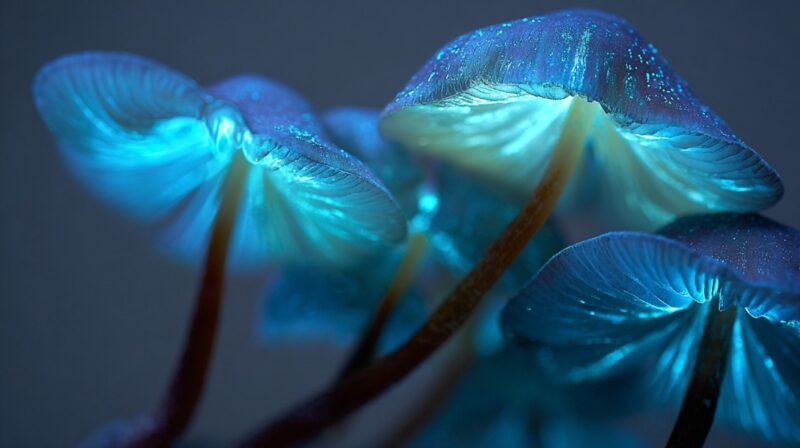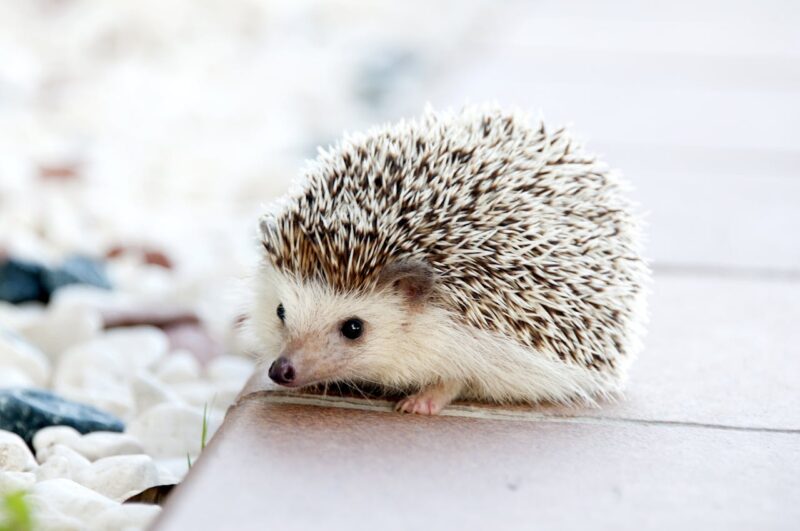
Share Post:
Interest in unusual pets keeps rising as more people search for animals that feel different from the familiar cats and dogs.
Many of these creatures require careful sourcing, respect for local laws, and thoughtful care.
Responsible owners often research habitats, diets, and ethical suppliers before bringing any rare companion home.
Now, let us touch upon the most weird and unusual pets that are very popular to keep in 2025.
1. African Giant Millipede
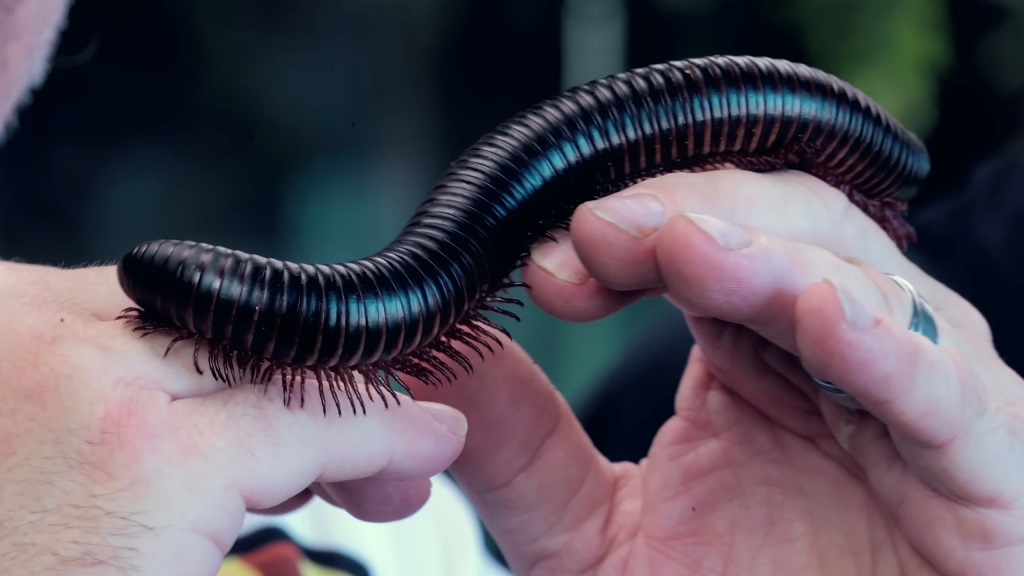
African giant millipedes create fascination due to their size, gentle personalities, and smooth, rhythmic movements.
Many new owners feel surprised by how peaceful these creatures behave, especially when they curl softly into a coil as a passive response to touch.
Their segmented bodies move in a wave-like pattern, giving them an almost hypnotic presence inside a terrarium.
Steady warmth, moisture, and a calm environment help them thrive without much complication.
Anyone seeking a pet that promotes quiet observation usually finds them satisfying to keep.
Additional details can be presented in bullet points for clarity:
- High humidity between 70 to 80 percent encourages proper molting
- Warm temperatures around 75 to 80°F keep them active
- Soft, organic substrate supports burrowing behavior
- Leaf litter and decaying wood mimic natural conditions
Regular misting, gentle airflow, and enriched soil create a stable habitat for long-term health.
Occasional handling works well when hands remain clean and movements stay slow, helping the millipede feel secure and unthreatened.
Routine feeding of vegetables, soft fruits, and calcium-rich supplements ensures balanced nutrition for their slow but steady growth.
2. Rats (Exotic Varieties)
Rats in exotic varieties, such as Dumbo types, offer companionship through intelligence, warmth, and quick bonding.
Their affectionate natures allow them to recognize voices, respond to names, and participate in simple training exercises.
Small homes, apartments, or studios work well due to their manageable space needs.
The most important things you need to know about rats are:
- Clean cages reduce odor and illness risk
- Puzzle toys stimulate problem-solving
- Social time each day supports emotional health
- Soft bedding prevents irritation
Access to climbing structures, chew toys, and safe treats creates a stimulating environment.
Some owners craft novelty clothing, similar in spirit to calf jackets, for lighthearted photos, though comfort must always come first.
Human interaction plays a central role in keeping these animals emotionally balanced and engaged.
3. Tarantulas

Tarantulas give keepers a relaxed pet option that avoids noise, odors, or frequent cleaning duties.
Many species adapt well to calm households and rarely seek active interaction.
Observing their movements, molting cycles, and feeding patterns offers a satisfying experience without requiring significant daily attention.
Small enclosures make them a good fit for apartments or workspaces where simplicity is valued.
There are several things you need to be aware of:
- Mild venom is present but rarely causes complications
- Enclosures require stable temperatures and low disturbance
- Insects such as crickets and roaches meet dietary needs
- Minimal odors and minimal cleaning make upkeep easy
Long-term success comes through providing secure hiding spots, gentle lighting, and controlled humidity that matches their species-specific needs.
Careful handling and respect for their boundaries reduce stress for both owner and spider, especially during sensitive times such as molting.
4. Hedgehogs
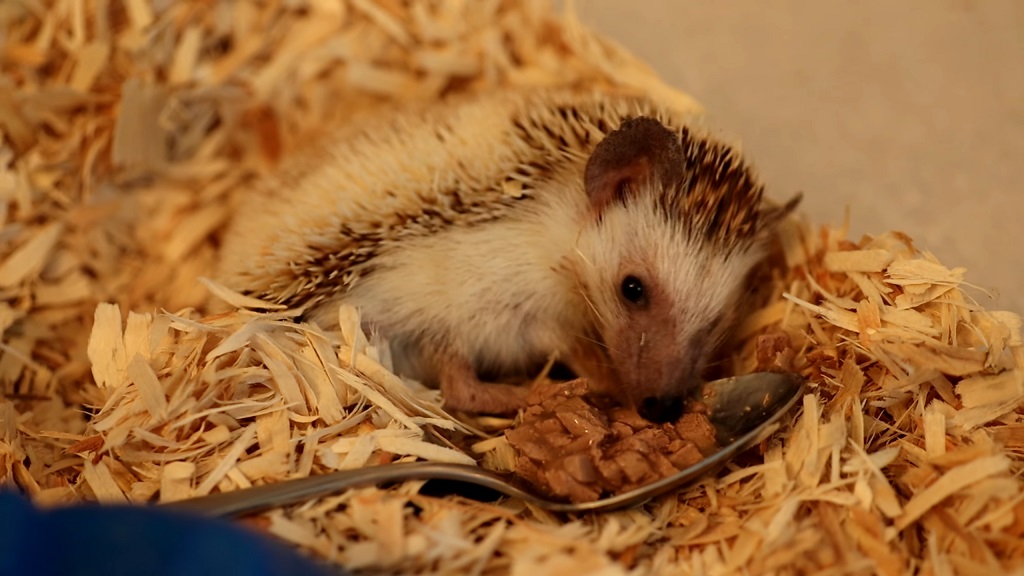
Hedgehogs charm many owners with their small faces, round bodies, and curious sniffing behavior.
Their quills create a unique texture, yet their overall demeanor remains gentle when handled correctly.
Nocturnal habits make them ideal pets for people who enjoy quiet evenings filled with small bursts of activity.
Consistent routines help them feel comfortable in home environments.
Additional considerations you should pay attention to:
- Low dander levels help allergy-sensitive households
- Warm bedding prevents chills and discomfort
- Running wheels provide daily exercise
- Mixed diets of insects and high-quality pellets support health
Extra enrichment through tunnels, hideouts, and foraging toys prevents boredom and encourages natural instincts.
Some regions require permits, so owners must check regulations before adoption.
Steady handling and calm voices help hedgehogs relax and build trust over time.
5. Leopard Geckos
Leopard geckos bring steady temperaments and friendly expressions that make them favorites among beginners.
Their willingness to eat consistently and remain calm during enclosure maintenance contributes to a low-stress care routine.
Distinct patterns and bright eyes give them visual appeal without demanding complicated husbandry.
Here are the key requirements for keeping this pet:
- Lack of UVB lighting needs reduces equipment costs
- Reptile-safe hides support shedding cycles
- Hygiene must stay strict due to salmonella risk
- Insect-based diets such as mealworms and crickets complete nutrition
Stable temperatures, nighttime heating options, and well-placed hides support comfort and natural behaviors.
Regular cleaning and steady temperatures keep these small lizards thriving, while gentle handling helps them become confident companions.
6. Bearded Dragons
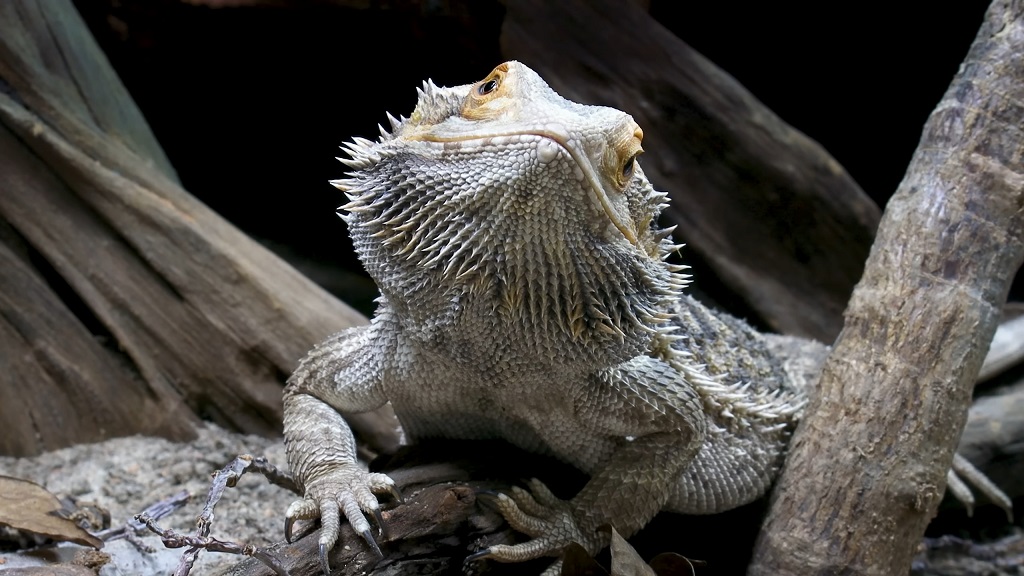
Bearded dragons create lively and affectionate interactions, often showing recognition toward familiar people.
Their expressive movements, head bobs, and beard displays add personality to daily routines.
Many owners enjoy how easily these reptiles adapt to gentle handling sessions, making them highly interactive pets.
Important care notes can be listed:
- Spacious enclosures allow climbing and basking
- Heat lamps create essential temperature gradients
- Mixed diets require vegetables, fruits, and insects
- Regular interaction strengthens trust
Proper calcium supplementation, hygiene, and consistent feeding habits support long-term vitality.
Consistent feeding and a clean environment support long-term well-being, helping these reptiles build strong bones and maintain energy throughout their lives.
7. Chinchillas

Chinchillas deliver a delightful blend of softness, speed, and personality.
Their plush fur remains one of their most recognizable features, and their agile jumps bring dynamic energy into a room.
Busy people who stay active later in the day enjoy the company of a pet that wakes up when the household becomes quieter.
There are several things you need to know about chinchillas:
- Dust baths maintain coat health and prevent matting
- Chew toys protect teeth and prevent boredom
- Large cages provide room for climbing
- Low odor levels keep indoor spaces pleasant
Safe spaces with shelves, hideouts, and enrichment toys help them burn energy and remain mentally stimulated.
Calm handling and steady routines help chinchillas adapt comfortably, especially in environments free of sudden noise.
8. Nguru Spiny Pygmy Chameleon
Nguru spiny pygmy chameleons impress enthusiasts with their miniature size and delicate needs.
Their bodies remain so small that even feeding and hydration must be approached with precision.
These reptiles require experienced owners who understand sensitive microhabitats and subtle environmental shifts.
Important factors you should be aware of are:
- Humidity must stay high to prevent dehydration
- Gentle misting preserves moisture levels
- Live plants supply cover and microclimates
- Ethical breeders remain essential due to conservation concerns
Tiny insects, soft lighting, and stable temperatures support survival in captivity.
Close attention to enclosure conditions keeps these delicate reptiles stable, ensuring they live in settings that match their natural surroundings as closely as possible.
Summary
People are reshaping ideas about what counts as a companion animal, choosing creatures that inspire curiosity and affection.
Responsible ownership calls for careful research into laws, sourcing practices, and long-term care.
Unusual pets offer rewarding experiences when treated with respect, patience, and thoughtful preparation.
Related Posts:
- What Are Dubia Roaches and Why Are They a Popular…
- 10 Weird & Wonderful Facts About the Roly-Poly (Pill…
- Top 15 Small Parrot Species You Can Keep as Pets
- Top 300+ Creative Fish Names for Your Underwater Pets
- Working Dogs vs. Pets: What Health Risks Are You…
- 20 Stunningly Large White Birds (Photos, Facts, And Sizes!)






